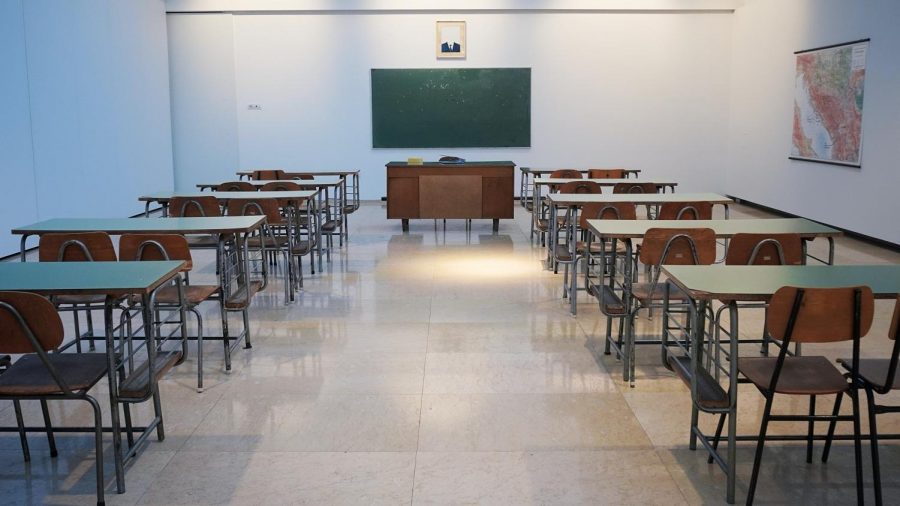College Reactions to COVID-19
Photo by Ivan Aleksic on Unsplash
Efforts to slow the spread of COVID-19 have left colleges across the United States vacant.
April 3, 2020
“As a reaction to COVID-19, our school has decided to extend spring break . . .” was a common email that college students across the world received. Sometimes it was even for two weeks, like at SMSU. In the beginning, few students were expecting to be online for the rest of their semester.
President Donald Trump waived interest on federal student loans, but there’s a plethora of other worries on the shoulders of college students and faculty.
Nobody expected that they wouldn’t be able to walk in their graduation ceremony they had been working toward for four years or more. The University of Michigan took cap and gown photos on an empty campus. All classes that are still being held are online, and any in-person class that students were looking forward to are cancelled throughout the Minnesota State College system.
Colleges such as Princeton and Harvard led the wave of universities closing their residence halls. Late last month, SMSU was forced to follow suit. Parents and students alike are frustrated with the online move, questioning the value of a four-year university’s education and on-campus living, both of which cost large amounts of money.
Some colleges have started to give an idea on what refunding processes will look like for students. The Nebraska State College System is offering a 60 percent refund for students who had to move out of the dorms. Ohio State University stated that “appropriate” room and dining costs would be given.
Student enrollment continues to be uncertain. In an interview with Michael Osborn, a Vice President who monitors colleges at Moody Analytics, USA Today reported that colleges across the nation were already operating in the red, stating that “Just over 30 percent of public universities and 30 percent of private universities were already running operating deficits.”
Of all the ramifications that the virus is having on our nation, one of the many uncertainties is the future of our higher education system.

